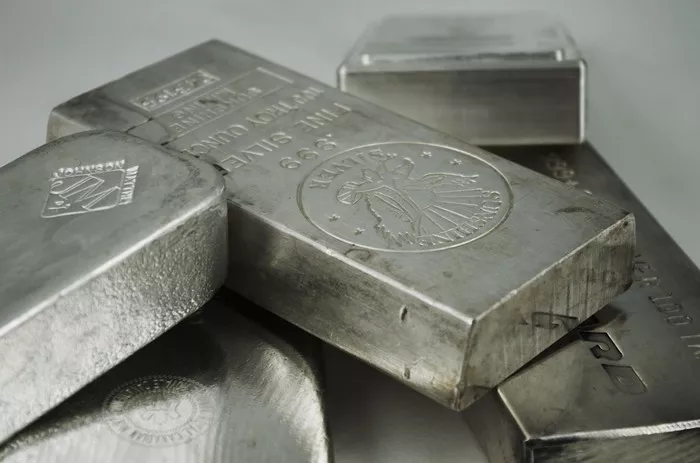The bicentennial silver dollars minted in 1976, commemorating the United States’ 200th anniversary, hold a special place in numismatic history. Understanding the worth of these silver dollars from 1776 to 1976 involves delving into their historical context, minting variations, silver content, and collector demand. In this comprehensive guide, we will explore the factors that contribute to the value of the 1776-1976 silver dollars, providing insights for collectors and enthusiasts.
1. Historical Significance of Bicentennial Silver Dollars
The 1776-1976 silver dollars were minted to mark the bicentennial celebration of the United States, making them historically significant.
Commemorative Design: The coins feature a dual-date design with 1776-1976 inscriptions, reflecting the nation’s two centuries of existence.
Symbolic Imagery: The reverse side showcases the Liberty Bell and an image of the moon, symbolizing the spirit of independence and progress.
2. Minting Variations and Types
Understanding the different minting variations and types of 1776-1976 silver dollars is crucial for assessing their value.
Bicentennial Eisenhower Dollar: The most common type, featuring Dwight D. Eisenhower on the obverse, was minted for general circulation.
Proof and Mint Sets: Special proof and mint sets were also produced, often with higher quality strikes and distinct finishes, adding to their collector appeal.
3. Silver Content and Composition
The silver content of the 1776-1976 silver dollars contributes significantly to their intrinsic value.
40% Silver Composition: Bicentennial silver dollars were minted with a composition of 40% silver, making them a collectible item for silver enthusiasts.
Weight and Diameter: Weighing 24.59 grams and having a diameter of 38.1mm, these coins carry a substantial amount of silver.
4. Condition and Grading Standards
The condition of a 1776-1976 silver dollar greatly influences its market value, and numismatic grading provides a standardized way to assess this.
Numismatic Grading: Coins are graded on a scale from Poor (P-1) to Mint State (MS-70), with higher grades indicating better preservation of details.
Uncirculated vs. Circulated: Uncirculated coins in pristine condition command higher values than circulated counterparts.
5. Collector Demand and Rarity
The demand from collectors and the rarity of specific minting variations contribute significantly to the value of these silver dollars.
Collector Sets: Bicentennial silver dollars are often sought after as part of larger collector sets, increasing their desirability.
Low Mintage Varieties: Coins with lower mintages, such as certain proof sets or mint marks, are considered rarer and may command higher prices.
6. Packaging and Presentation
The original packaging and presentation of the 1776-1976 silver dollars can impact their value.
Original Mint Packaging: Coins in their original mint packaging, including holders and boxes, are often more appealing to collectors.
Certificates of Authenticity: The inclusion of certificates of authenticity, especially in proof sets, adds to the overall appeal.
7. Market Trends and Auction Prices
Keeping abreast of market trends and auction prices provides insights into the current value and potential appreciation of these silver dollars.
Auction Data: Monitoring auction results helps collectors understand the market dynamics and recent prices for similar coins.
Collector Forums and Communities: Engaging with numismatic forums and communities allows collectors to share insights and stay informed about market trends.
8. Factors that May Impact Value Over Time
Certain factors may influence the value of 1776-1976 silver dollars over time.
Silver Market Fluctuations: Changes in the overall silver market can impact the intrinsic value of these coins.
Historical Anniversaries: Milestone anniversaries, such as the nation’s 250th anniversary, may spark renewed interest in these bicentennial coins.
Conclusion
The worth of a 1776-1976 silver dollar extends beyond its silver content, encompassing historical significance, minting variations, condition, collector demand, and market trends. For collectors and enthusiasts, appreciating the unique qualities of these bicentennial coins adds depth to numismatic exploration. Whether held for their silver content, cherished as part of a larger collection, or viewed as symbols of a pivotal era in American history, the 1776-1976 silver dollars continue to resonate with the spirit of independence. As collectors navigate the intricate world of numismatics, understanding these factors will empower them to make informed decisions about the value and significance of these historic silver dollars.

